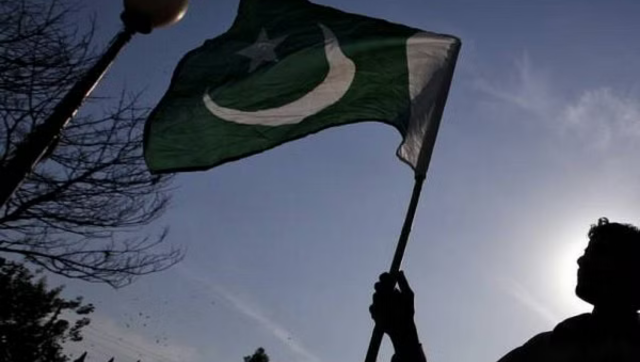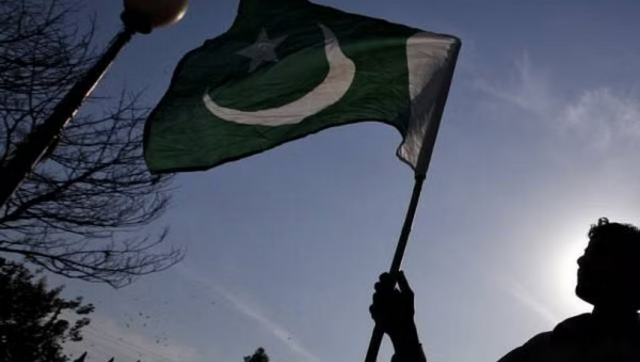Back in the bad old days of socialism, poverty was everywhere. As always, there were poor people on the streets and in slums, but they also loomed large in national imagination. The noble starving Indian was the hero in Hindi movies, the crown jewel of national election campaigns, and the focus of the dullest of Doordarshan programming. The poor were also less alien to the urban bureaucratic class which rubbed shoulders with them on buses, at the ration shop, and the local park where hierarchies were temporarily suspended for a game of cricket or pitthu.
Then liberalisation came along and rescued us from the burden of engaging with our less fortunate brethren. They still served in our house as servants and begged at car windows, but their presence could be mostly limited to their usefulness. We retreated with our children to the safety of the gated community, venturing out in the secluded confines of a car, taxi or auto to visit malls and restaurants.
Our entertainment is now happily poverty-free, as well. Freed from socialist pretensions, TV and Bollywood executives lucratively dedicate themselves to the cause of mirroring our lives, interests and fantasies - none of which included the lowly likes of a coolie or a tangawala. With the occasional exception of a Peepli Live, starving peasants don’t feature even in our ‘gritty’ rural dramas. Why give us Mother India- except as nostalgic kitsch -when we’d rather have Gangs of Wasseypur.
But as the past week’s brouhaha over poverty numbers reveals, we are not entirely indifferent to the poor. There are certain occasions when they occupy our fullest attention.
Patriotism and poverty porn
Nothing gets the urban professional class quite as agitated as the Western obsession with our poor. We view this overweening - and in our mind, entirely unwarranted - focus on the ‘backward’ Indian as a neo-imperialist ploy to maintain our ‘Third World’ status. Slumdog Millionaire is therefore a Hollywood conspiracy to ensure that we remain defined by our unwashed masses. News stories on malnutrition in the New York Times are a willful denial of our rising superpower status. Katherine Boo’s moving account of a Mumbai slum is just poverty porn for New York intellectuals.
What we’re really saying is this: The only India story worth telling is ours. We want cover stories raving about our growth rates, IT salaries and B-school graduates. We adore quotes from prominent celebrities and leaders in the West fawning over our rising power, more so of the Indian middle class. We ache for English-language movies and sitcoms with cool, beautiful global Indians who can represent, so to speak.
As we see it, the poor are an affront to our national pride, an unseemly pimple on the shining visage of new India. Much like a nouveau riche socialite, we desperately want to erase all evidence of our humbler past – by sheer denial if necessary. Any Western attention on the poor is therefore received as a sneering reminder not to get above our designated station in global society. It’s also why we turn on our own bad news bearers - lefty intellectuals aka ‘jholawalas’ - with similar venom.We want not just Hollywood but the entire world to follow Bollywood favourite rule: No poor Indians allowed.
Begone welfare parasites
One of the great ironies of liberalisation is that its winners are now more resentful than ever of its biggest losers. The socialist-era middle class Indian was far less hostile to subsidies for the poor, perhaps because he was brainwashed by Nehruvian socialism; perhaps because he relied on the same ration card; perhaps because there was a smug certainty of status in a system that offered little upward mobility.
The free market may have boosted the fortunes of the educated middle class, but it has also made them more insecure. Stagnating salaries, rising inflation, and job anxiety have sharpened anger at the ‘coddled’ poor in recent years, as Rama Bijapurkar noted in her Outlook magazine column :
For 15 years, between 1995 and 2008, their incomes had steadily gone up, prices had steadily come down, quality had improved (due to competition, duty reductions, a flood of foreign goods, a strengthening rupee), borrowing had become easier and cheaper, and it was possible to have the instant gratification of buying a house or a car or a foreign holiday, confident that one would not notice the pinch of future repayment on a steadily increasing income…
Now, they feel the same government that had put the lollipop in their mouth and egged them on to consume harder, all the while assuring them there were more goodies to follow, is changing the rules of the game unilaterally. They feel the government is saying, “We can’t make it affordable any more, and you need to share the store with your poorer brethren, because they have had none so far”.
Advertisement
Populist measures like NREGA then become a target of this sense of injustice. While the complaints about corruption and ineffectiveness in these schemes are indeed valid, they are, in truth, fig leaves to disguise a well-nourished sense of entitlement. Hence, food security programs are treated as anti-capitalist heresy but diesel and petrol subsidies are not. And while there is a knee-jerk resentment of the insulated wealthy, it is A-okay to be pro-business since we assume it will translate into plentiful corporate jobs and fatter salaries. There are no such benefits of being pro-poor.
Poverty is just a number
All this brouhaha over poverty numbers may, at first blush, seem to belie our indifference to the lowest classes. Even while we attack welfarist policies, we are offended by callous politicians who declare Rs 5 or Rs 12 is sufficient for daily survival. How dare they sit in their Lutyens bungalows and condescend to the poor?
Sadly, however, our outrage is fueled by self-pity not empathy, as Times of India columnist Santosh Desai points out :
The current anger is more about inflation than about poverty - how dare anyone suggest that it is possible to get by on what seems to be an absurdly low number by the yardsticks that we employ. Why, even a Diet Coke costs more than Rs 12, as someone said on Twitter. The Rs 12 anger is really about arguing that the middle class is getting poorer rather than an empathy for those below the poverty line, however it is defined. The empathy is not with the poor but with what is seen to be the shared burden of poverty. We are all feeling poorer, and here we have politicians smugly telling us otherwise. The implicit argument being made by those protesting is not really against poverty but for an inflation-adjusted definition of poverty.
Aspiration today has become a polite term for our self-centered sense that we are entitled to more while we grudge the little others possess. We now demand an endless economic boom that buoys us ever upwards, leaving the poor sufficiently behind so we can maintain the distance required for a servant class. So we complain about our household economies – buying on sale, sacrificing branded goods, cutting back on holidays - but grudge our maid’s demand for a raise, viewing it instead as a sign of the growing uppityness of the plebes.
As a recent CNN-IBN/Hindu poll showed, the urban poor have been hardest hit by the rising prices of basic commodities. The petrol hikes, rising food prices, stagnating salaries are common foes that can unite greater numbers of urban Indians across class lines. There were hints of such an unprecedented possibility - and its impact - in the heydays of the Hazare protests which brought together autowalas and housewives alike. Moreover, such alliances with the migrant poor in cities can in turn become stepping stones to bridging the urban-rural divide.
We have an opportunity to move beyond the noblesse oblige of ‘old’ India and the petty hostility of the ’new’, to come together and take on the real enemies of corruption and crony capitalism. But first, we have to whining for more ’lollipops.’


)




)
)
)
)
)
)
)
)